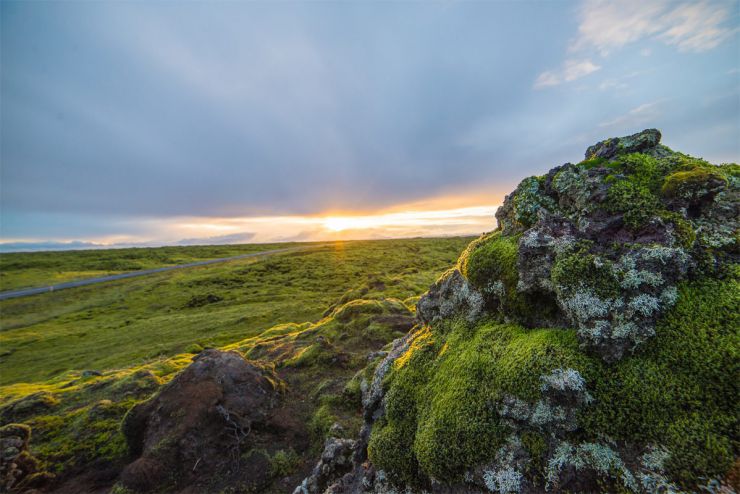The subarctic or Tundra climate has annual maximum temperature ≤ 10°C.1-2 This climate is typically found between 50° and 70° latitude.2 Farming may be difficult due the extreme cold; irrigation is a challenge as pipes may freeze for most of the year. Conifers typically thrive in the warmest areas of this climate; in colder areas, moss, grasses, and willows thrive. The cold climate also allows for the build up of soil organic matter leading to the formation of soils rich in organic matter; soils with permanently frozen horizons will be found in areas where mean annual temperatures are less than 0°C. As a result of anthropogenic climate change, this climate will shift closer to poles as the earth warms.3 This climate is typically found in the northern hemisphere in countries such as Canada, The United States of America, Sweden, Finland, Norway, Russia, Mongolia, China, and Japan.2

Subarctic Photo by Chris Ried on Unsplash
Soil Health Challenges for Subarctic Climates
References
1. Pidwirny, M.; Jones, S. Climate classification and climatic regions of the world. http://www.physicalgeography.net/fundamentals/7v.html (accessed 8/26/2018).
2. Kottek, M.; Grieser, J.; Beck, C.; Rudolf, B.; Rubel, F., World map of the Köppen-Geiger climate classification updated. Meteorologische Zeitschrift 2006, 15 (3), 259-263.
3. Rubel, F.; Kottek, M., Observed and projected climate shifts 1901–2100 depicted by world maps of the Köppen-Geiger climate classification. Meteorologische Zeitschrift 2010, 19 (2), 135-141.
